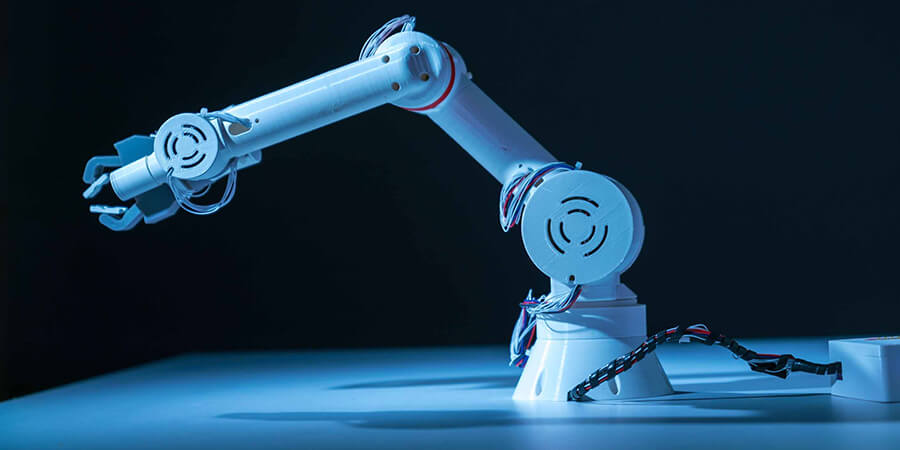Researchers at the University of California, San Francisco, have achieved a major breakthrough in assistive technology, enabling a paralyzed man to control a robotic arm using only his thoughts.
This was made possible through a brain-computer interface (BCI) that captures brain signals and translates them into physical actions. The participant, who lost mobility due to a stroke, was able to grasp, move, and release objects simply by imagining himself performing these tasks.
The success of the BCI is attributed to an artificial intelligence (AI) model capable of adapting to subtle shifts in brain activity over time. As the participant continued to practice, the AI learned to interpret his imagined movements more accurately, enhancing the fluidity and precision of his control over the robotic arm.
The participant started with virtual training to visualize movement before transitioning to the real robotic arm, enabling him to perform tasks such as picking up objects and opening cabinets.









